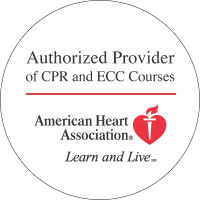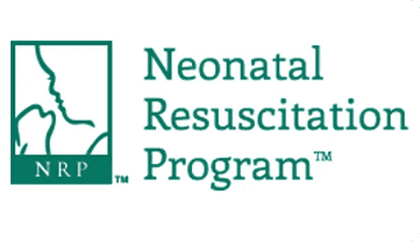When you hear the words EMT and paramedic, you might immediately think of those people who hop out of the backs of ambulances to help individuals in emergency situations. However, an EMT is actually different from a paramedic. While both may occasionally do some of the same tasks, one has a bit more education, training, experience and skills than the other.
Differences in Training
The most obvious difference between EMTs and paramedics is in their education. EMTs follow a fairly short training schedule that lets them get to work quickly. They receive 150 hours of training in the classroom and follow that up with extra training at an externship where they get to put their training to work in the real world.
The training includes basic health care and life support skills so that EMTs can be knowledgeable first responders. After this initial training, EMTs can often advance to become intermediate EMTs with another 250 hours of training. This is only available in some states, and you’ll need to check with your state’s licensure board to find out what options apply to you. On the other hand, paramedics have up to 2,000 hours of training before they’re certified.
Differences in Skills
The other obvious difference between EMTs and paramedics is in their skill levels. Both will have basic life-saving skills. However, because paramedics have so much extra training, they’ll have far greater skills for emergency care. EMTs will be able to perform the following skills upon certification.
- Perform CPR
- Provide oxygen
- Take vital signs
- Bandage and care for wounds
- Perform basic rescue measures
On the other hand, paramedics provide more advanced medical skills, such as the following:
- Defibrillation and pacemaking
- EKG reading
- Medication administration, including through an IV
- Advanced airway support
Of course, the skills of a paramedic definitely build off the skills that you already learned as an EMT. That is why you’ll be required to receive EMT training and certification before going on to paramedic training if that’s what you wish to do.
Certification
Both EMTs and paramedics are required to take and pass certification examinations before they can get jobs in their chosen fields. Most EMTs will need to pass the NREMT certification test for the National Registry of EMTs. However, depending on your state, you may need to take a state-specific exam instead. You will have to be at least 18 or older, be BLS certified and have completed an EMT course successfully within the past two years.
The Benefits of Emergency Care Training
Whether you want to remain as an EMT for the rest of your career or use it as a starting point for the rest of your medical training, you can rest assured that this focus on quality emergency health care is one that is deeply needed throughout the world. Communities across the country need your quick thinking, your compassion and your life-saving skills. Therefore, there are manifold benefits in receiving EMT training for yourself personally, for your career and for all of those whom you will touch with your care.
Both EMTs and paramedics have very important jobs to do. The only difference is in the level of training that each receives and in the scope of practice that each has. However, both are necessary and important first responders and can feel proud of the work that they do. If you’re considering a path towards emergency medical care, your first step will be to follow an EMT training programs before determining whether you wish to continue your career as a paramedic later in life.
If you’re interested in becoming an EMT or paramedic, take a moment to review our EMT training program. Whether you’re just starting out, need your certification, or a refresher course, we have you covered.








